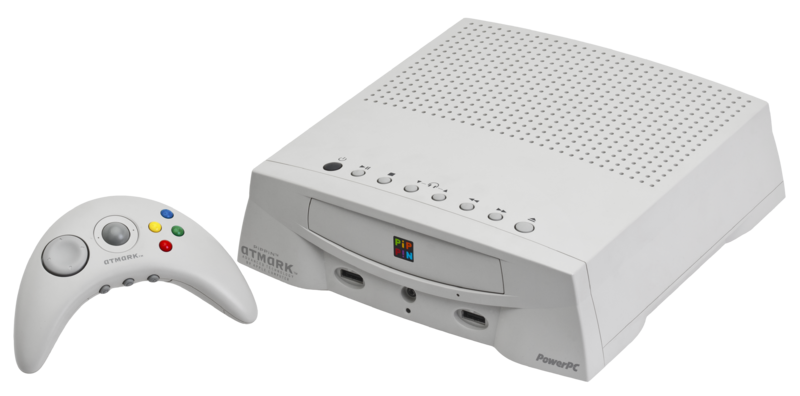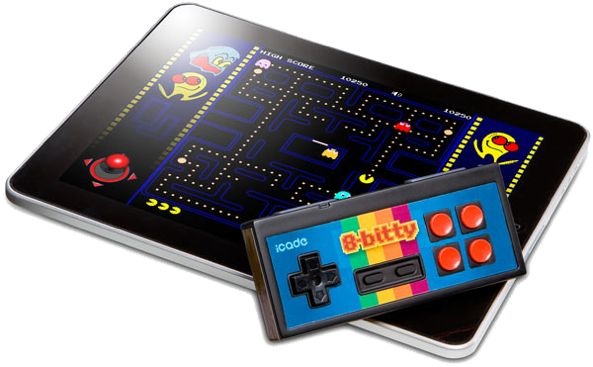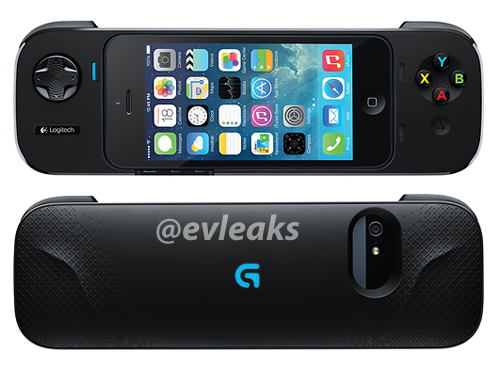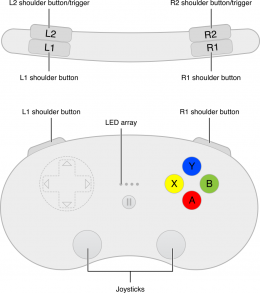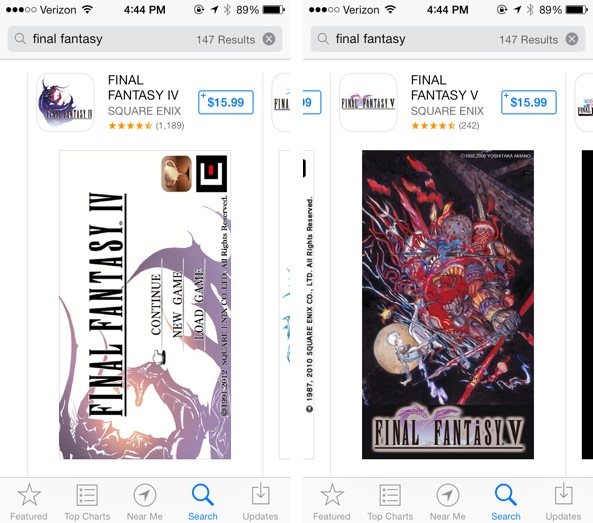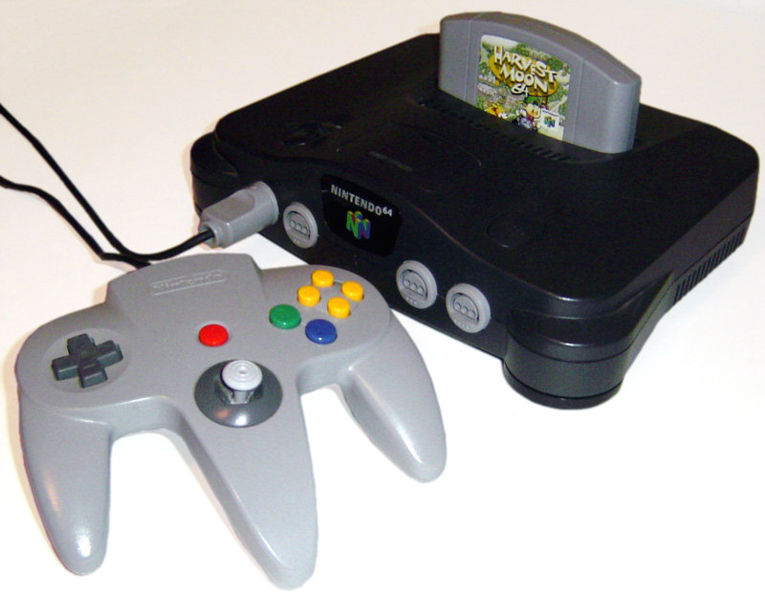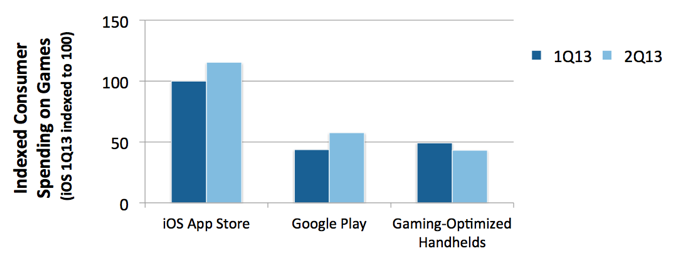Before I started blogging about Apple, I used to work on a number of different gaming websites back in the late 90’s and early 2000’s. The E3 gaming conference was one the highlights of my year, and I regularly ventured out to Los Angeles to cover all of the new releases that were revealed at this touchstone of an event. I even made sure to fly out to Tokyo to cover the Tokyo Games Show before it turned into the shell of its former self that it is today.
Those days were the heydays of gaming coverage. Websites (they weren’t called blogs back then) were thriving, and even print mags were still relatively popular. Publishers used to spend an absurd amount of cash throwing parties and constructing huge booths for the major conferences throughout the year. Open bars were the norm, not the exception. And booth babes. I’ll just leave that one alone.
Of course, a lot of that has now changed. Some things for the better, and a lot of things for the worse, depending on who you ask. Gone are the days of the massively popular trade events that we used to flock to every year. Yes, they still exist, but they’re nothing like the used to be back in the day. During this transition period, we’ve seen gaming staples like Nintendo struggle to remain relevant, while Apple, inadvertent as it may be, rises to dominance.
This ain’t your grandpa’s gaming console…
Up until now, Apple’s foray into the gaming industry has been coincidental. Okay, fine, Apple did at one time venture into gaming with the Pippin, but that was more of a one-off than a full time thing. The Apple that we know today never even thought about having an App Store until it was more or less forced upon them.
Yes, Nintendo has been able to weather storms in the past despite its stubborn take on change, but how can they compete with a device that literally does everything?
To be fair, Apple has done a masterful job marketing its App Store, ensuring that its success train stays on track at a higher rate of speed than a Japanese Shinkansen. It now finds itself as a major player in the gaming industry, although its assault has been all but incidental up until now.
That all changed back in mid-June, when Apple revealed that they would be adding official support for gaming controllers at WWDC 2013. Prior to this announcement, developers have had to finagle, or at the very least, adopt a substandard method for interacting with 3rd party controllers. Now, with support for gaming hardware by means of official API access in tow, the game has changed.
How it used to work
Before iOS 7, game developers wishing to include controller support in their releases had to use the substandard method of Bluetooth keyboard mapping. This basically meant that they used the built in communication with Bluetooth keyboards present in iOS. Thus, a 3rd party game controller could emulate keyboard buttons in order to control on screen elements. Needless to say, this was never officially sanctioned by Apple.
These devices use Bluetooth keyboard emulation as a workaround
The result? Yes, it worked, but it left a whole lot to be desired. Control was okay at best, and horribly inaccurate at worst. Since keyboard presses are nothing more than digital on and offs, true analog control with different degrees of movement was impossible.
Not only that, but many Bluetooth controllers were difficult to setup, or wouldn’t work at all. And the game support in and of itself was substandard at best. In a nutshell, the workaround was passable, but it wasn’t very palatable.
Then there were the extreme workarounds. Blutrol, a jailbreak tweak that allowed jailbroken iPhone and iPad users to map out hardware button locations, made things a little better. This was a genius of a tweak that allowed gamers to actually “draw” button locations on screen, and then map those buttons to a Bluetooth controller.
Blutrol worked fairly well for games like Street Fighter, and other titles with less demanding control schemes, but ultimately, it still relied on the unreliable keyboard mapping over Bluetooth method. Nonetheless, if you’re jailbroken, I urge you to check it out, because it’s a pretty impressive application to see in action.
How it works now
Now that one of the first controllers with built in Made for iPhone (MFi) support has been leaked — a piece of hardware by Logitech — I’ve started thinking about where Apple is positioned in the gaming industry, and what this means for iOS gamers, and gamers as a whole.
Logitech’s entry has questionable ergonomics, but it’s certainly better than nothing
The big news here is Apple’s acceptance of its new role, as inadvertent as it all may have been, as a forerunner in the gaming industry. Apple’s move to open up official API access to hardware makers is the first real acknowledgement of its new place in gaming.
Logitech’s entry is but the first of an inevitable flood of gaming hardware for iOS. For gamers, this is absolutely amazing. iOS has tons of games, but the AAA games aren’t exactly pouring in left and right. Even the AAA games that are released feature subpar control, unless, of course, the game was designed from the ground up with touch screen control in mind.
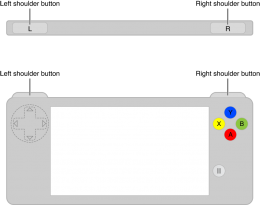
Apple approved MFi controllers will come in standalone and enclosed varieties
Real gamers, or traditional gamers, if you will, want precise control. Granted, some gaming genres benefit more from the precise control offered by a hardware controller than others, but the general consensus is that serious gamers want a choice.That’s exactly what iOS has been lacking up until now. Gamers will no longer have to block the screen with their fingers using buttons that have no real tactile feedback. The iPhone is now a legitimate handheld gaming console.
It’s only a matter of time before a controller hits shelves that is good enough to compete with the control offered by competing handheld platforms. Once that happens, the virtual floodgates will be opened and you’ll see developers begin to port titles once solely destined for traditional consoles.
SquareEnix don’t care!
I’m most interested to see what kind of repercussions this will have on the current pricing structure found in the App Store. Most games are already at the bottom of the price scale, or bottom out a short time after their debut, although that’s not a hard and fast rule. There are plenty of titles, most noticeably from traditional console developer SquareEnix, that buck this trend, remaining in the upper echelon of App Store pricing.
Once iOS devices are legitimatized as tried and true gaming consoles, it very well could alter the culture around App Store pricing. Perhaps we’ll see more titles priced at higher points with the outlook that “hey, this is a real game, and we’re selling it at a more traditional price point.”
One thing that isn’t debatable, though, are the implications that Apple’s WWDC announcement will have on the gaming industry as a whole. This is going to change the overall perception about gaming on iOS. It’s going to change the type of titles that come to iOS, and it’s going to change the developers who look to iOS as a viable platform. This, folks, is just the beginning of a remarkable new landscape for traditional handheld gaming as we know it.
The implications
The real question is: where does Nintendo fit amidst all of this change? Sadly, the future doesn’t look very bright for the Big N from a mid to long-term view. Nintendo has always done well for itself, even though its never been a company to embrace change expediently (CDs vs Cartridges is one famous example). They’ve been able to succeed in the past because of one simple fact: they make great games.
Nintendo has always been slow to adapt, but they make great games
But in the past, people were more willing to own dedicated devices that perform specific functions. You had a phone for talking, a computer for the Internet, and a gaming console for games. Apple changed all of that. The trend since 2007 is for everything to be consolidated into a singular device that you can carry around with you wherever you go. An iPod, a Phone, and an Internet Communicator, remember?
Yes, Nintendo has been able to weather storms in the past despite its stubborn take on change, but how can they compete with a device that literally does everything?
Handheld gaming sales are seeing a decrease in the face of non-traditional competition
Data is already supporting the idea of non-traditional gaming platforms like iOS and Android are eating into the traditional marketshare. The fallout from implementing official controller support is going to have widespread implications. Now all we can do is sit back and watch how all goes down.

